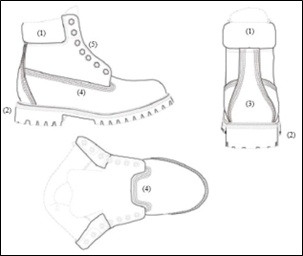In the wake of its May 13, 2020, precedential decision in Apple v. Fintiv, Inc., the Patent Trial and Appeal Board designated as precedential two additional decisions that weigh the Fintiv factors. In Fintiv, the Board articulated six factors for consideration when determining to exercise discretion to deny institution of an inter partes review (IPR) petition under § 314(a) in view of a parallel district court proceeding:
- Existence of a stay pending IPR
- Proximity of the court’s trial date to the Board’s deadline for issuing a final written decision
- Expended investment in the parallel proceeding
- Overlap between issues raised each proceeding
- Whether the petitioner and the defendant are the same party
- Other circumstances.
The two new precedential decisions provide further insight as to what circumstances may tip the balance for each factor. In each decision, the Board found that the circumstances of the parallel district court proceeding did not weigh in favor of a discretionary denial of institution.
In Sotera Wireless, Inc. v. Masimo Corp., Case No. IPR2020-01019, Paper 12 (USPTO Dec. 1, 2020 (Chagnon, APJ) (designated precedential as to § II.A on Dec. 17, 2020), the Board weighed the Fintiv factors and declined to deny institution based on the parallel district proceeding. In particular, the PTAB found that the already granted stay weighed strongly against exercising discretion to deny institution under the first factor. The Board rejected speculative arguments that if it declined review, the district court would lift the already granted stay and would set a trial date to pre-date the timeframe for issuing a final written decision in the IPR proceeding. The Board concluded that the second factor also weighed against denial because discovery was not complete and the district court had not issued a claim construction order or any other significant rulings. The Board also found that the fourth factor (issue overlap) weighed against denial because materially different invalidity grounds had been raised in the district court contentions as compared to the grounds at issue in the IPR petition.
In Snap, Inc. v. SRK Technology, LLC, Case No. IPR2020-00820, Paper 15 (USPTO Oct. 21, 2020 (Droesch, APJ) (designated precedential as to § II.A on Dec. 17, 2020), the Board again weighed the Fintiv factors and declined to deny institution based on the parallel district proceeding. Because the district court had not yet ruled on the motion to stay pending the outcome of the IPR, the Board found that the “stay factor” did not weigh for or against denying institution. As for the issue overlap factor, the Board found that a stipulation by the defendant to not pursue in district court any ground raised, or that could have reasonably been raised, in the IPR weighed strongly in favor of not exercising discretion to deny institution.
read more

 Subscribe
Subscribe



